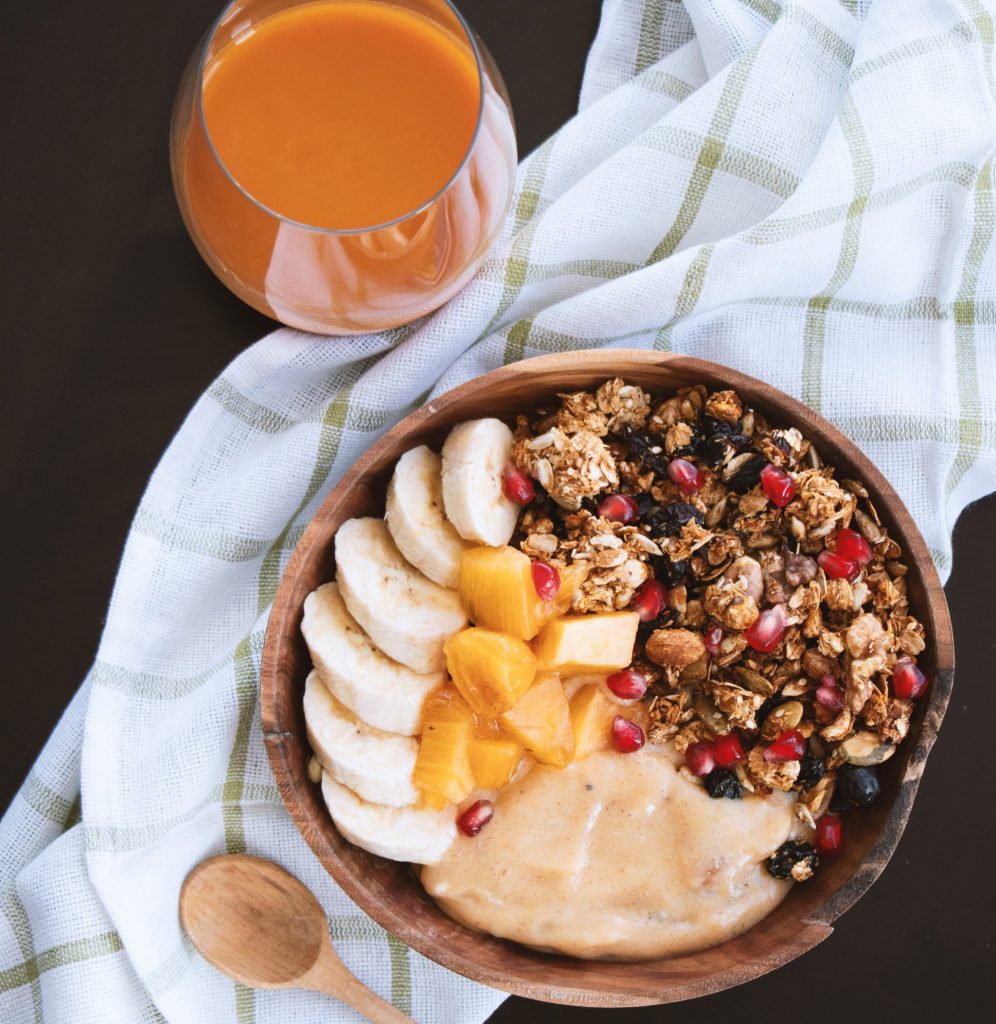How to transform your lifestyle by making it healthier?
Since the 1980s, the global prevalence of overweight people and obese people has increased by around 23% in adults and by 47% in children and adolescents, rising from 857 million to 2.1 billion people [1]. Improving public health, through the reduction of the prevalence of diseases related to conditions of overweight and/or obesity and at the same time through the increase of the environmental sustainability are two of the main challenges of food policy in the 21st century [2]. Epidemiological and clinical studies have shown that in this sense it is fundamental to change the lifestyle, understood both as eating habits and as a level of physical activity. In this context, the psychological aspect must also be taken into consideration, because it very often plays a key role [3].
With regards to eating habits, there are some strategies that can facilitate the adherence to a balanced regime and the maintenance of an adequate weight. First of all, having breakfast brings with it a series of benefits: it breaks the night fast and prepares for day activities, helping to maintain a good level of attention and satiety, at least until mid-morning. Breakfast even decreases the consumption of mid-morning snacks, which are too abundant and based on foods that are often unhealthy (a very frequent aspect especially in age groups under 18 years). Several studies have shown that the usual breakfast consumption helps to reduce the risk of food-related diseases such as overweight and/or obesity, type II diabetes, metabolic syndrome and cardiovascular diseases and to increase cognitive functions especially in children and adolescents, improving creativity, logic and visual memory.

In order to be adequate, breakfast should have a varied and complete composition from a nutritional point of view, including foods such as low-fat milk or dairy products (low-fat yogurt or cow’s milk), possibly whole-grain baked products (bread, breakfast cereals, cakes, baked goods, biscuits, etc.), fresh fruit and / or dried fruit. It is very important to read the labels and choose products with reduced salt content, simple sugars and fat (especially if is saturated), both in a prevention perspective and in the case of diseases such as hypertension, diabetes and hypercholesterolemia.
In addition to breakfast, the frequency of meals is important. Having 5 meals per day and therefore providing two snacks (one in mid-morning and one in mid-afternoon) in addition to the three main meals, for example based on fresh and/or dried fruit, allows you to consume the right portions of these foods and get to the less hungry main meals [4].
Another tool to change eating habits is controlling portions consumed. In fact, in recent years, portions, especially including junk foods, are much more abundant and this facilitates weight gain. In this regards, the choice of using smaller plates and containers could be helpful, with the view of “deceiving” the eye that, at the sight of a fuller plate, perceives a greater quantity of food [5]. Finally, in a perspective of change, it would be important to limit the consumption of outside home meals to maximum once a week, because in these situations is more difficult to limit seasonings use.
Other useful moves could be:
- Drink at least 2 litres of water per day and consume as little soft drinks and fruit juices as possible, replacing them with fresh fruit portions;
- Avoid consuming industrial products such as spinach, cordon bleu, sofficini, sticks because they are rich in added saturated fats and preservatives;
- Consume sweets once (maximum twice) a week, choosing baked goods rather than snacks or industrial snacks;
- Never eat standing up and/or in a hurry, always sit at the table, give meals a precise time in the day and avoid keeping the television or other electronic devices on during meals;
- Alternate protein sources as much as possible during the week, preferring fish, legumes, eggs, white meat and low-fat cheeses;
- In the choice of condiments, prefer the Extra Virgin Olive Oil, using it raw and in moderate quantities and avoid the use of butter, margarine, seed oils and sauces such as mayonnaise, mustard and mustard to flavour dishes.
The modern environment is defined as “obeseogenic”, as it promotes weight gain thanks both to the large availability of junk food (low cost and high caloric density) and to modern technology that minimizes movement due to the use of means of transport, lifts, escalators etc. [6]. Currently, 1 out of 4 adults and 3 out of 4 adolescents (aged between 11 and 17) worldwide do not have an adequate level of physical activity compared to the recommendations of the WHO (World Health Organization) and thus they are sedentary or otherwise not extremely active. Specifically, in the WHO European Region, physical inactivity is responsible for 10% of deaths every year, so it is essential to change this current trend of the general population [7]. To explain what may be some strategic moves, which allow a change from this point of view, it is necessary to specify that physical activity does not only include organized sports, but also and above all spontaneous movement and structured physical exercise. Surely, if you do not already practice this, it can be useful to start a welcome sport activity, but the most consistent help is given by other two components. In particular, as regards spontaneous movement, the following suggestions may be useful:
- Avoid taking the elevator and do the stairs as much as possible;
- As far as possible, use public transport to move from one place to another rather than use the car;
- If possible, travel from home to work/school and back on foot or by bicycle;
- In the case of children and adolescents, retrieve traditional games (rope jumping or instance)
- In your free time choose activities that allow movement such as taking walks in the nature or in the city centre, cycling or hiking in the mountains
- Avoid meeting friends by spending hours sitting at a table in the bar, but rather organizing walks or signing up for guided tours of the city itself.

As for the structured physical exercise, a useful advice could be to organize (on free time) training sessions, for example with circuits you can do even in parks, which include aerobic, strength exercises and muscle strength. For young children, a nice idea could consist in giving points depending on the level of completion of the various exercises, creating a sort of game between friends.
[1] Fleming Tom, Robinson Margaret, Thomson Blake, Global, regional and national prevalence of overweight and obesity in children and adults 1980-2013: A systematic analysis. Lancet. 2014 August 30; 384(9945): 766–781.
[2] Cavaliere Alessia, De Marchi Elisa and Banterle Alessandro, Exploring the Adherence to the Mediterranean Diet and Its Relationship with Individual Lifestyle: The Role of Healthy Behaviors, Pro-Environmental Behaviors, Income, and Education. Nutrients. 28 January 2018; 10: 141.
[3] Mazloomy-Mahmoodabad S.S., Navabi Z.S., Ahmadi A., Mohsen A., The effect of educational intervention on weight loss in adolescents with overweight and obesity: Application of the theory of planned behavior. ARYA Atheroscler 2017; 13 ( 4): 176- 183.
[4] Documento SINU – SISA per la Prima Colazione. Roma: SINU, SISA 2018.
[5] INRAN, Linee Guida per una Sana Alimentazione Italiana. Revisione 2003.
[6] De Gara Laura (a cura di), Le sfide dell’educazione alimentare: prospettive nutrizionali, comunicative e didattiche. Armando Editore. 2015.
[7] http://www.salute.gov.it/portale/news/p3_2_1_1_1.jsp?lingua=italiano&menu=notizie&p=dalminist ero&id=3668